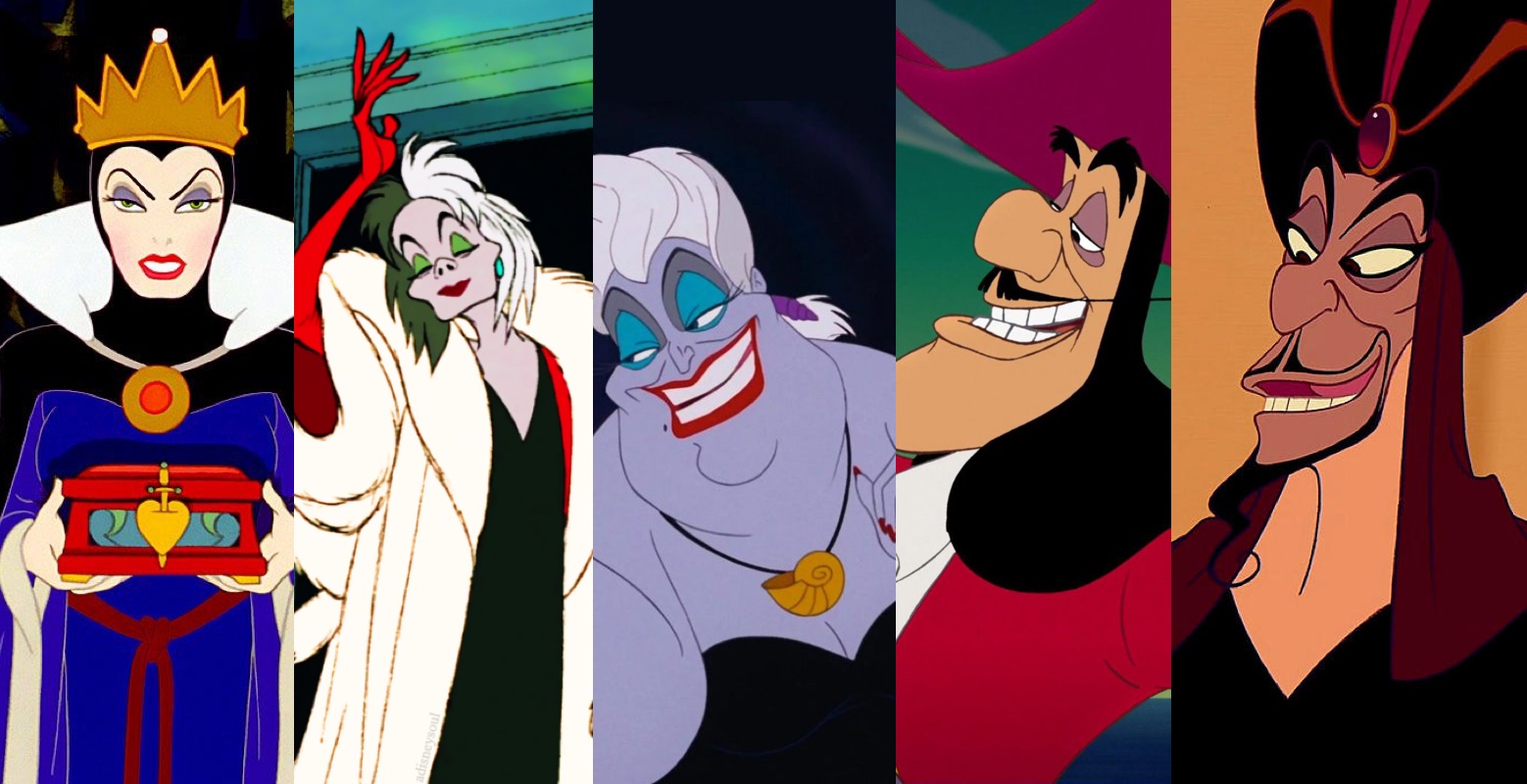Table of Contents Show
From Megamind to Maleficent to Light Yagami, villains have always been the more, if not most, compelling characters in their respective forms of media. They are often considered the fan-favorites and even get spin-offs dedicated just to them and their origin stories. Morally gray characters have grown so much in popularity that people often recommend books and shows solely based on these criteria. So why do people love villains so much? Do they always need an origin or redemption story to justify liking them?
The Psychology Behind The Intrigue
Why are villains usually the fan favorites? Why have so many movies centered around villains as protagonists come out recently, and why have each of them been a smash hit? What brings audiences to enjoy watching a character go off the deep end and commit atrocities?
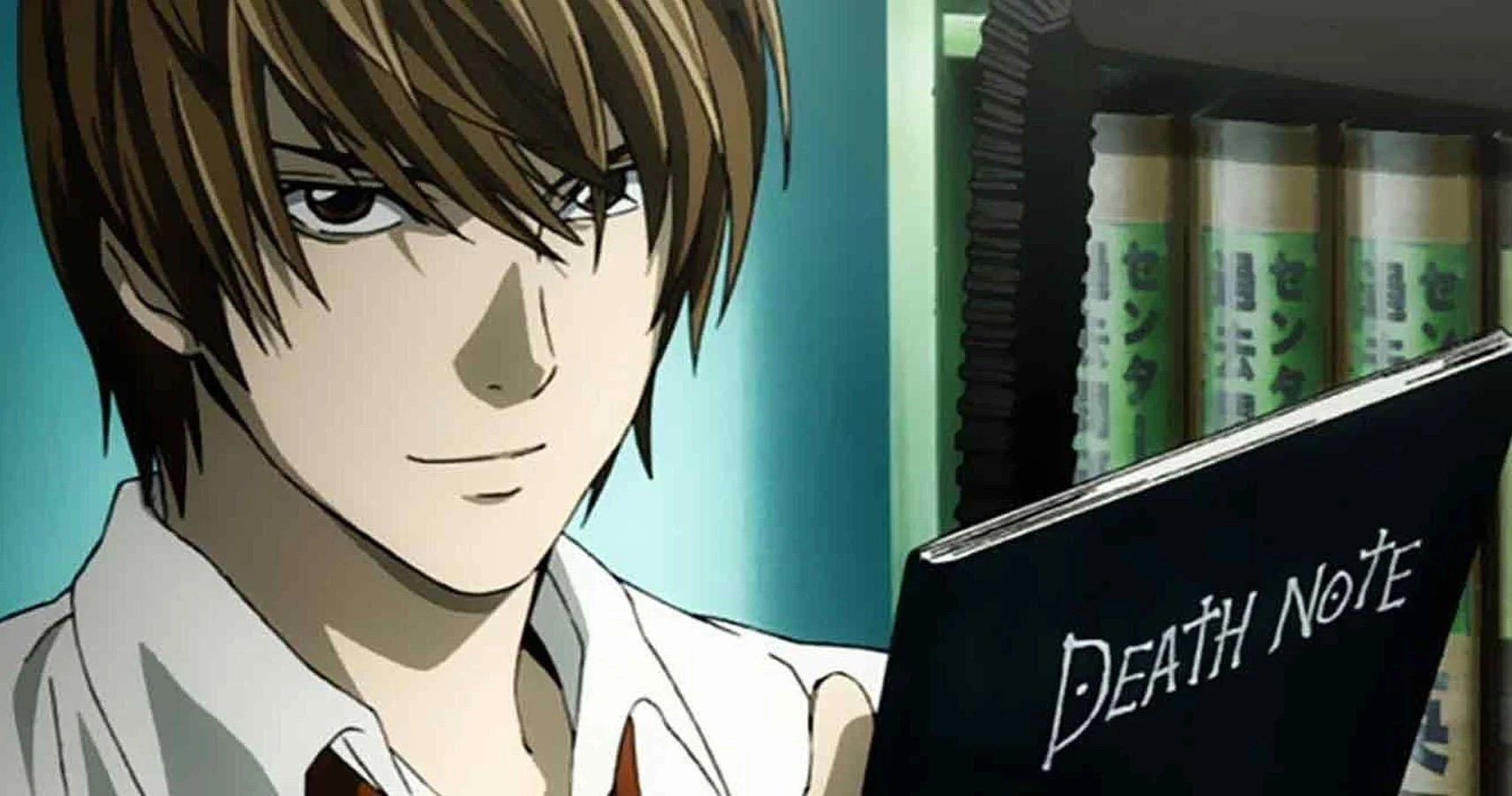
The surface-level psychology behind it is that they’re just “cool.” The “bad boy” trope has been one of the most popular character tropes of all time because people find the rebellious, free-spirit aesthetic glamorous. Smoking cigarettes, riding motorcycles without a helmet, and wearing all black is attractive because it signifies freedom, a break from the monotony of society. Villains often have the same kind of dark fashion sense and perform heedless actions that we wish we could all do. They have a certain flair that draws us in, whether it’s the tight fits or their charisma.
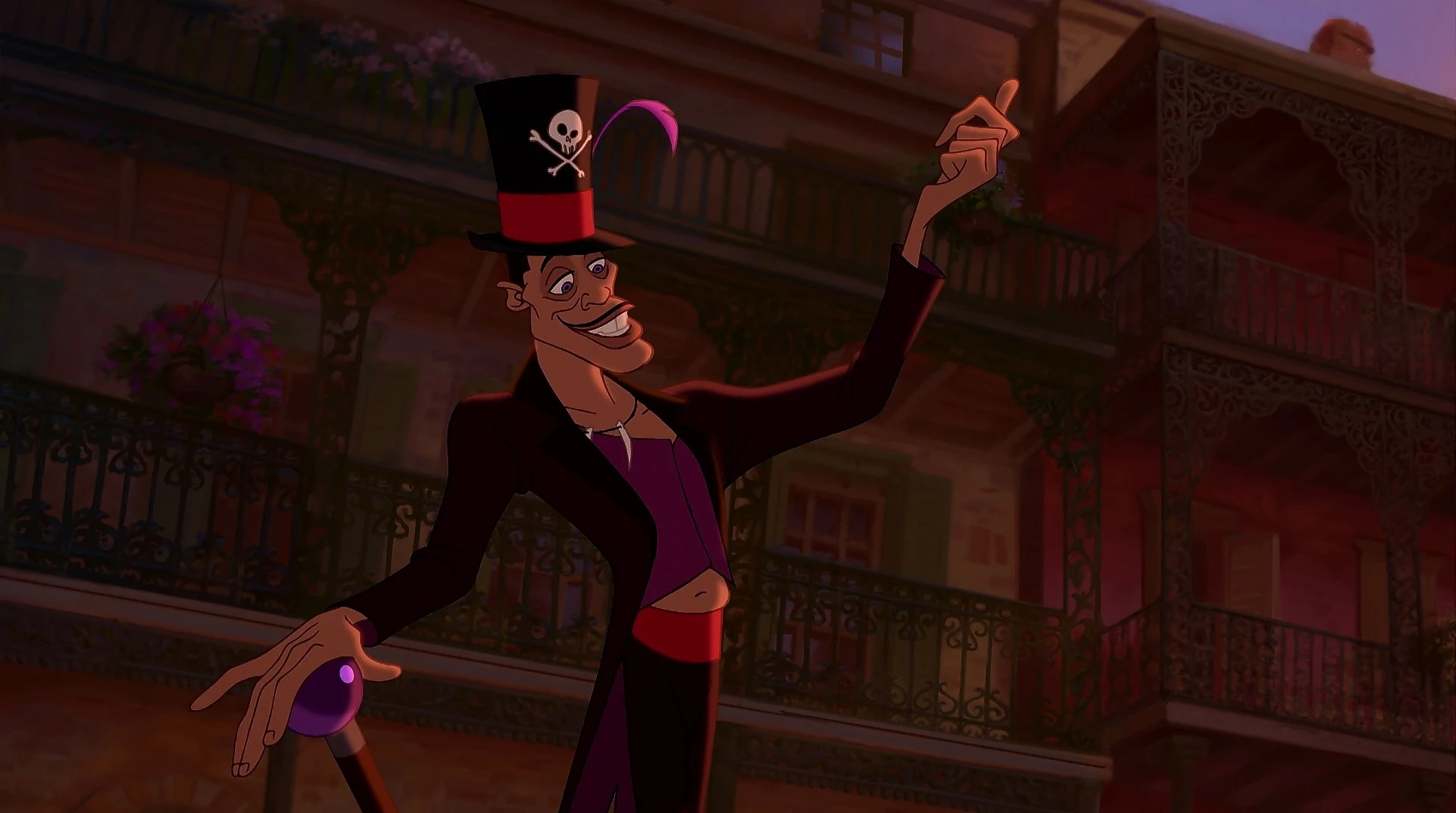
This gets us into the deeper psychology behind the intrigue behind villains. Many people personally identify with villains, whether with their fashion sense, moral causes, or personalities. People enjoy these darker, morally gray characters precisely because of that: they’re ethically gray. They aren’t perfect; they have flaws and make mistakes. Yes, it’s nice to see a character who’s perfect at everything and always makes the best choices because we wish we could be like that. But it’s off-putting because we know most of us can’t be perfect, and that’s why fallen heroes and morally flawed characters that are marketed as villains are so popular. They’re more relatable than heroes — even with the bad things they’ve done and their controversial philosophies.
Their Controversial Philosophies
Along these lines, villains are simply more interesting characters on the whole. There are some examples of them being one-dimensional just to serve the plot, but villains are evolving to have more complex backstories, reasoning for their actions, and personalities nowadays. Heroes or the good protagonists in the story also have personalities. Still, their backstories are usually cliché or bland, and the reasoning for their actions is usually flaw-free and is nothing more than, “it’s the right thing to do.” For example, Superman has been criticized for being too much of a “boy scout” by fans because he destroys villains without hearing them out or never has personal moral problems of his own. He has no flaws. DC has fixed this in recent movies, but for the majority of Superman’s comic and movie career, he has had the same moral compass and always follows it to a T. People nowadays want heroes with grit.
Since the movie and comic industries aren’t providing this, they turn to villains to give them the edginess they want. Sometimes, heroes’ actions are very flawed. One example is when the hero kills all the guards who get in their way to finally corner the villain, only to not kill them and say, “If I kill, I’ll be just like you.” This is another reason why heroes are seen as unappealing: at least when a villain kills somebody, they own up to it and don’t play it down with a philosophy of doing good. They can even be proud of their killings and advertise them for everybody to know. Heroes can be fake, while villains stand by their morals and values.
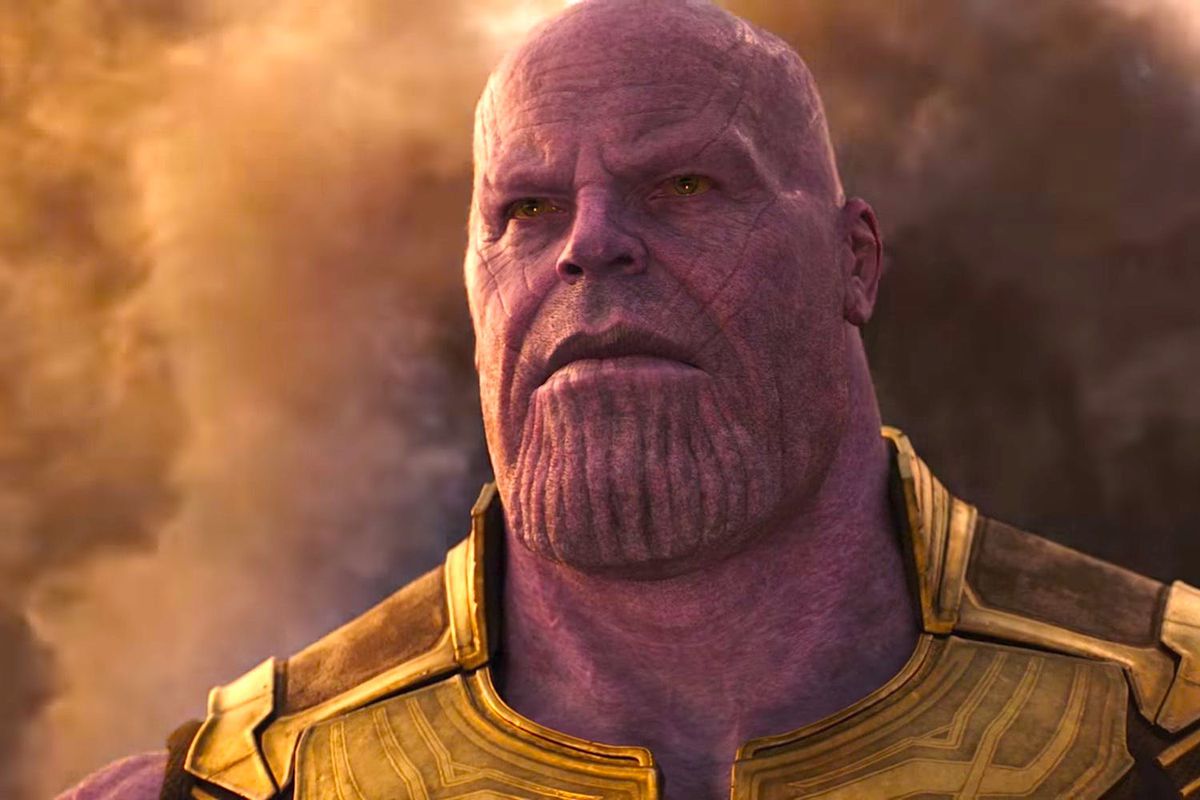
Villains give us a break from having to compare ourselves to heroes all the time. But, they don’t give us a break from the horrors of our society. A hero story is happy-go-lucky and makes us feel good about them saving people, giving us an escape from reality. When a compelling villain comes into play, however, they flip the movie on their head and remind the audience of the ongoing inequalities in the world. From Thanos’ utilitarian philosophy of reducing the population to make sure there are resources for everybody to Light Yagami’s philosophy of ridding the world of the worst people, many villains have a point.
Of course, many of these points are misguided, are without nuance, and are fulfilled through atrocious means, but it’s telling that there were mass debates after Avengers: Infinity War (2018) about Thanos’ philosophy and whether he was justified. These villains spur debates about real-world issues from their fake societies, while people can mindlessly watch a hero save the world and walk away feeling nothing. They start debates about different philosophical theories (Kantianism vs. utilitarianism) and whether the ends justify the means. These debates have surged in the face of the recent wave of movies, and it’s well-deserved.
Villains Are… Relatable?
There’s a reason why villains are getting so many solo debut movies recently. Cruella, Maleficent, and Joker have all gotten their own smash-hit movies depicting iconic villains who otherwise didn’t have very complex characters with backstories that would make anybody go crazy. Even though Joker has been claimed by incels, his quote at the end of the movie is still poignant to all those who struggle with mental health and the harshness of society: “what do you get when you cross a mentally ill loner with a society who abandons him?”
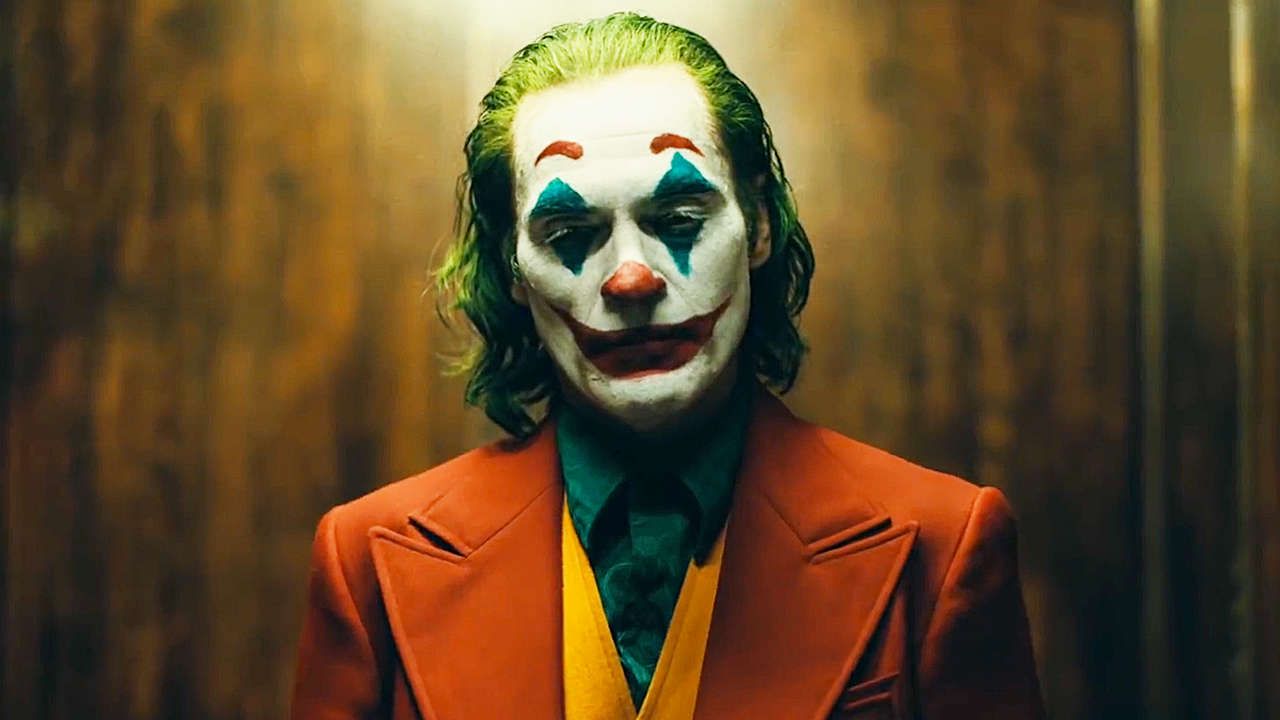
We have all struggled with a bout of sadness or hopelessness. While the dreariness of Gotham and society is drawn out in Joker (2019), our society is rapidly catching up in terms of melancholy. Every day, there seems to be some horrible thing happening someplace in the world, and it doesn’t seem like anybody is willing or able to stop it. That is what villains’ motives are: to make the world better since nobody else is willing. All heroes do is small-scale change and stop villains from enacting their plots. Even though the villains are going about the issue in a bad way, all the hero does is prevent the villain from going through with their plot and does nothing to stop the actual inequality the villain was trying to solve.
It has become a meme at this point, where people are frustrated at the fact that the hero stops the villain from trying to enact social change and does nothing to go about it in the “right” way, and the movie or TV show ends happily… with nothing being solved. So, no wonder villains are becoming more popular. With our society getting darker and harder to live in the day-to-day, more and more people identify with villains and their ambitions. We often share the same philosophy with villains, but we either keep it secret or disagree with the ways the villains go about it. Villains make fascinating characters, and they make pretty good, groovy songs, too, seeing as some people’s favorite Disney songs are all from villains. But, even though villains are getting popular, it’s still hard to admit that they’re a person’s favorite character. That’s where redemption arcs come in.
Should Villains Have Redemption Arcs?
Villains getting redemption arcs has been gaining momentum in the media sphere, and it’s understandable why. Villains are extremely popular, but even though so many people love them, it’s still hard to publically profess one’s love for a character who has committed mass murder or is clinically insane. In addition, there are still debates about whether one can even like evil characters. Some people say liking a character who has killed a person/people is equivalent to the person justifying murder or being a murderer themselves. So, if the character has a redemption arc that either justifies or explains their actions, it’s that much better to enjoy them.
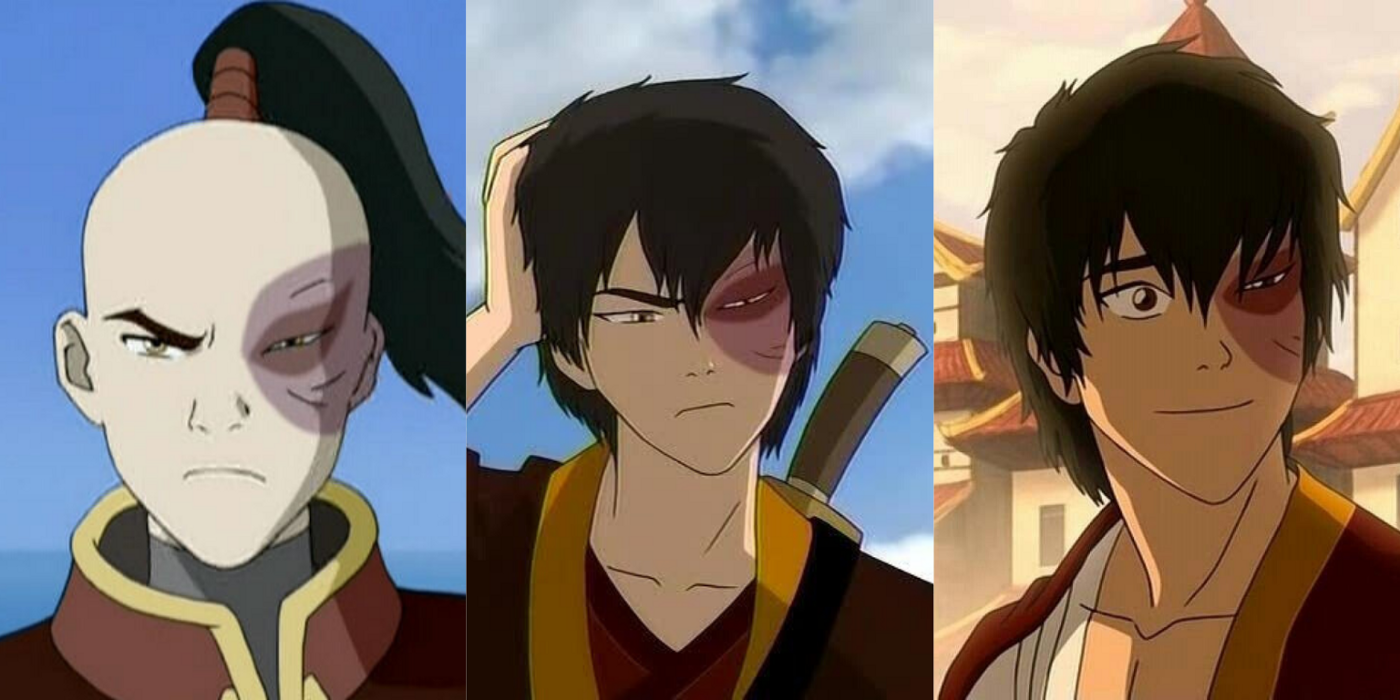
Some villains do deserve redemption arcs, especially since it’s part of the author’s or director’s vision. Other times that it’s acceptable is when the villain had good intentions but was misguided in their attempts. It’s also heartwarming to see, in the case of a villain just being a bad person, them morph into somebody who’s caring. However, sometimes people are just bad. And that’s okay. It is a fact that we have to accept. Unfortunately, some people are too far gone to have a redemption arc.
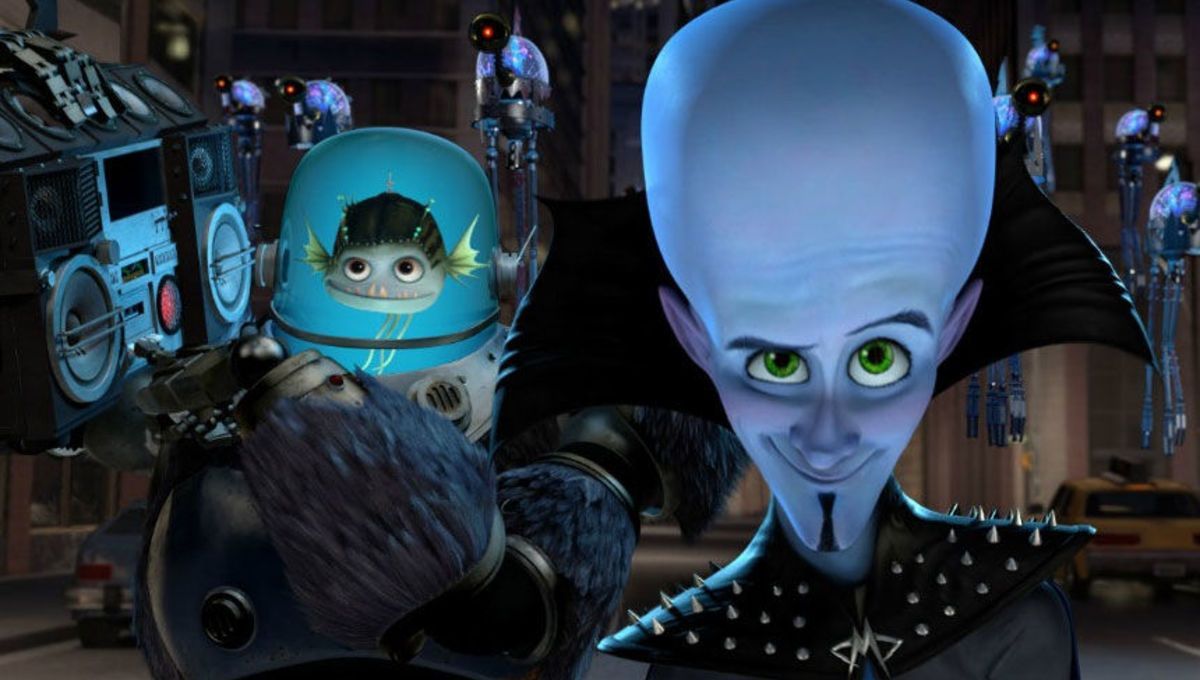
Light Yagami from Death Note (2006-2007), a villain protagonist, loses his way and becomes a genocidal maniac. There’s no redemption arc for going off the deep end that horribly and going from killing rapists and serial killers to people who have stolen less than $20 from a store just because they have a criminal record. He arguably was evil from the beginning — he just needed a medium or breaking point to unleash it all. This scenario applies to many more villains who are just too far gone to redeem, and it would be sending the wrong message to redeem them. Bucky Barnes used to be a murderer, but he was brainwashed; that’s why he’s been redeemed. Most redeemed villains either didn’t commit heinous crimes (they were mean or manipulated people) or were under some sort of influence.
But the genuinely evil villains do not deserve a redemption arc 1) because not everybody can be good and 2) it’d get cliché and boring for every villain to be redeemed. Yes, it’s heartwarming to see somebody better their ways, but it’s much more interesting to see somebody go off the deep end and stay that way. That’s why serial killer documentaries and true crime shows are so popular nowadays: the macabre, truly devious criminals mistify people. Redemption arcs should not be necessary, and in fact, would be bad storytelling and downright harmful in some situations. Some villains should stay villains.
Why Should Villains Matter?
These evil characters are very deserving of their intrigue. They make the story better by creating tension and getting the viewer or reader to think about serious philosophical discussions and ponder societal problems around them. It gets them thinking, What would I do in this situation? Would I go crazy like Jordan Belfort? If I had this much power, would I use it for good or evil? In a well-written media, the answer wouldn’t automatically be “no, I would never use it for evil.” Rather, the person would be stupefied because they relate to the intentions and philosophy of the character and can even understand their actions.
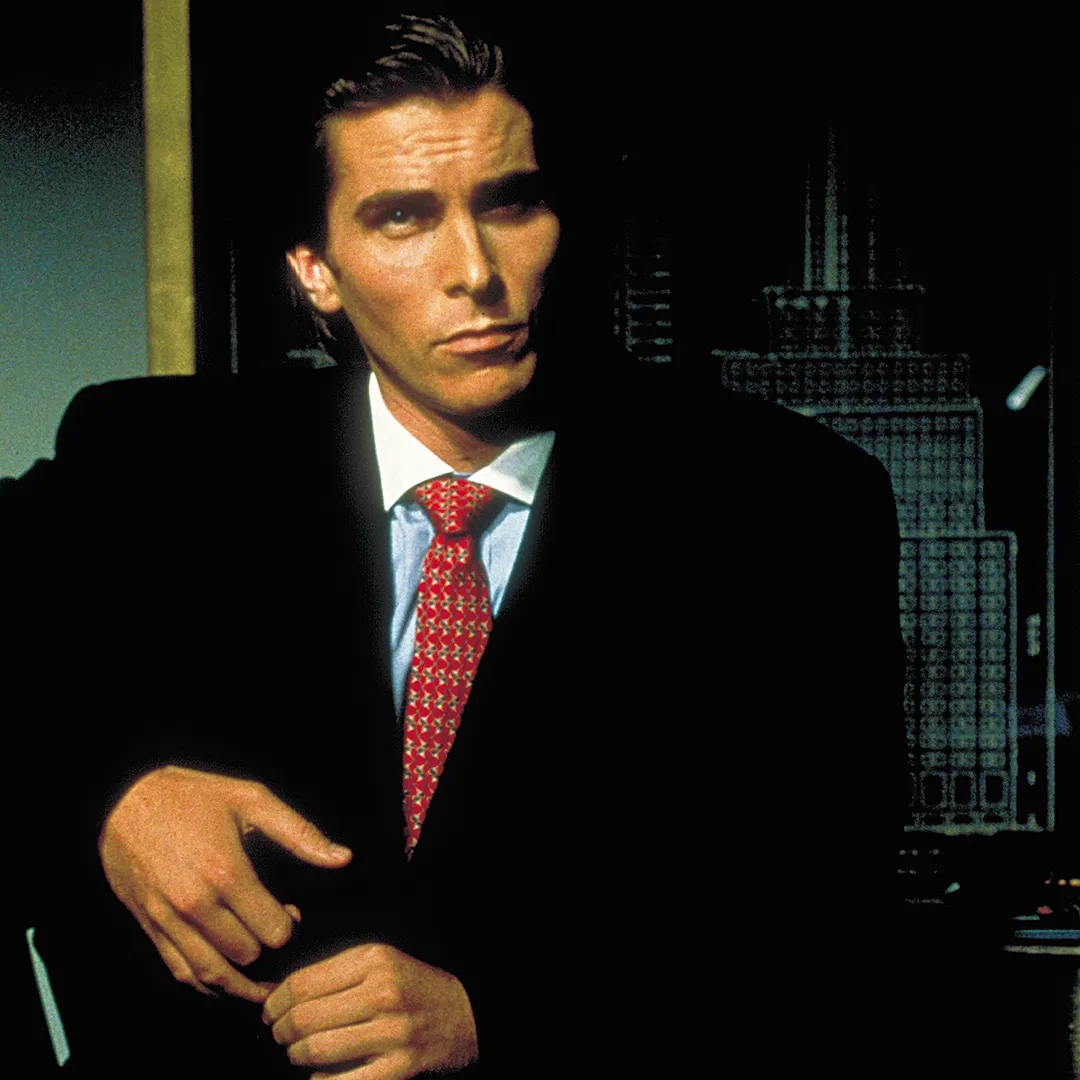
Additionally, while redemption arcs are good for the soul, keeping a character evil is good for the mind. People are getting sick of heroes, mainly because they are either too perfect or don’t do anything to better people’s lives in the long run. They are complex characters that have their quirks and justifications, making them so much better to watch. Broken heroes and morally gray characters are at an all-time high in popularity, and it isn’t hard to see why.
With a media world saturated with good stories of heroes saving the world over and over and never dying, a good evil character is enough to shake things up. So don’t feel bad for being a little intrigued by the evil side of things or having a bad person as a favorite character. Come to the dark side; you’ll find yourself relating to these characters much more often, and there’s better music.
